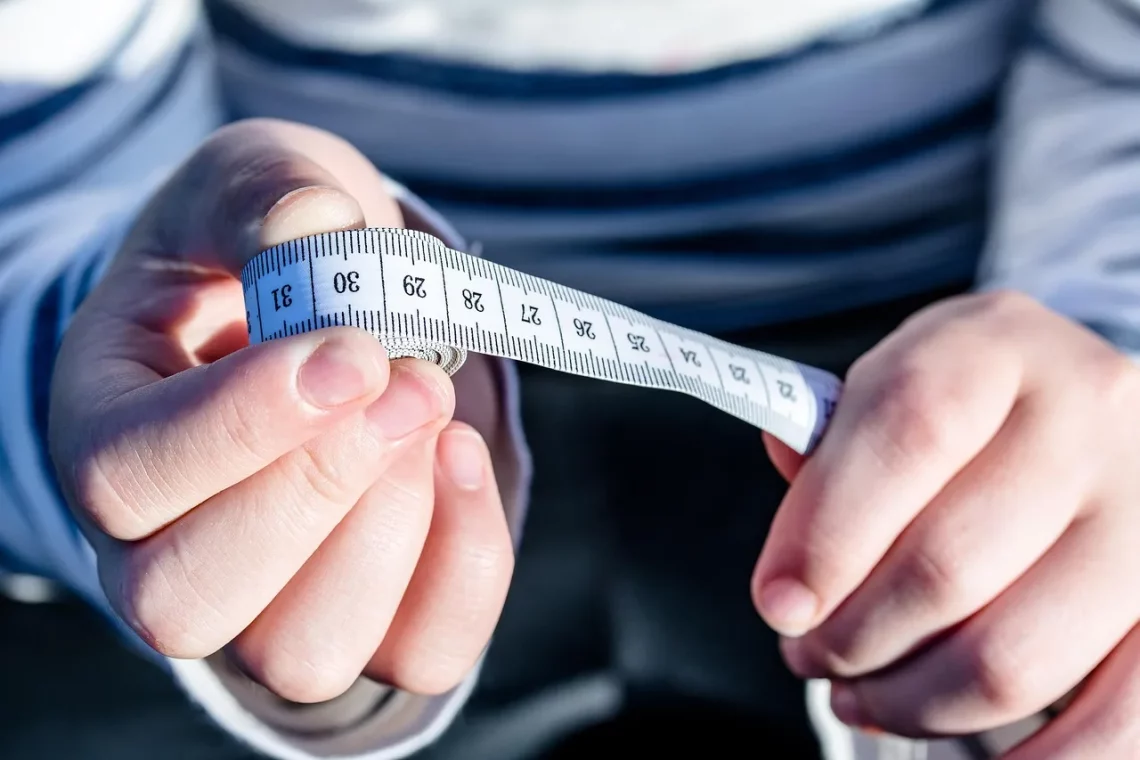
How Many Tablespoons Are in a Pound? A Simple Guide
Cooking and baking can often feel like a science experiment, with precise measurements playing a crucial role in determining the success of your culinary creations. Whether you’re whipping up a batch of cookies, preparing a hearty stew, or crafting a gourmet meal, understanding the conversion between different measurement units can save you time and enhance your cooking experience. One common question that arises in the kitchen is the relationship between pounds and tablespoons, particularly when dealing with ingredients that are measured by weight versus those that are measured by volume.
In the culinary world, ingredients can be measured in various ways, including weight (pounds) and volume (tablespoons). This can lead to confusion, especially for those who are new to cooking or baking. The conversion between these two units is essential for ensuring that recipes turn out as intended. Knowing how many tablespoons are in a pound can help you accurately measure out your ingredients, whether you’re following a family recipe or trying something new.
As you delve deeper into the world of cooking measurements, you’ll discover that different ingredients may have varying densities, leading to different conversions. This makes it even more important to have a solid understanding of how to convert pounds to tablespoons, allowing you to create delicious dishes with confidence.
Understanding Weight and Volume Measurements
When discussing cooking measurements, it’s important to distinguish between weight and volume. Weight refers to how heavy an ingredient is, typically measured in ounces or pounds. On the other hand, volume refers to the amount of space an ingredient occupies, usually measured in fluid ounces, cups, or tablespoons.
Many recipes will specify ingredients in either weight or volume, depending on the type of ingredient and the method of preparation. For instance, dry ingredients like flour and sugar are often measured by weight for accuracy, while liquids like water or oil are usually measured by volume. This distinction is crucial because the same ingredient can weigh differently based on its form and how it’s packed.
For example, a cup of flour may weigh significantly less than a cup of brown sugar, which is typically packed down. This means that if you’re converting between measurements, you need to know the specific weight of the ingredient in question. Fortunately, many resources provide conversion charts that outline the weight of common ingredients per cup or tablespoon, helping you navigate these differences with ease.
In addition to understanding the difference between weight and volume, it’s also important to familiarize yourself with common measurement conversions. Knowing how many tablespoons are in a cup, or how many ounces are in a pound, can simplify the cooking process and ensure that you’re using the correct amounts.
Conversion Basics: How Many Tablespoons in a Pound?
To answer the question of how many tablespoons are in a pound, we first need to establish a few basic conversion facts. One pound is equal to 16 ounces. If you’re measuring a dry ingredient like flour or sugar, this can help you understand how to convert from weight to volume.
However, the conversion from ounces to tablespoons is not straightforward, as it varies depending on the ingredient’s density. A general guideline is that one ounce is roughly equivalent to 2 tablespoons. Therefore, if we apply this to our previous conversion, we can deduce that there are approximately 32 tablespoons in a pound of a dry ingredient like flour or sugar.
It’s important to note that this conversion may vary slightly for different ingredients due to their unique properties. For instance, while flour and sugar have relatively similar densities, ingredients like butter have a different conversion rate. One pound of butter equals approximately 32 tablespoons as well, but it’s always best to check specific conversions for each ingredient to ensure accuracy.
When following a recipe, if you’re required to measure out a pound of a specific ingredient, knowing these conversions can help you avoid guesswork and ensure that your dish turns out as intended. Additionally, having a digital scale can make this process even easier, allowing you to weigh out precise amounts without the need to convert between measurements.
Practical Tips for Measuring Ingredients
Accurate measuring is a fundamental skill in cooking and baking, and there are several tips and techniques you can use to improve your measuring game. First, invest in a good set of measuring tools. A set of dry measuring cups, liquid measuring cups, and measuring spoons is essential for any kitchen.
When measuring dry ingredients like flour or sugar, it’s best to use the spoon-and-level method. This involves spooning the ingredient into your measuring cup and leveling it off with a straight edge, rather than scooping directly from the container. This prevents packing the ingredient down, which can result in using more than intended.
For sticky ingredients like honey or molasses, consider lightly greasing your measuring cup or spoon to make it easier to pour and minimize waste. When it comes to liquid ingredients, use a clear liquid measuring cup with measurement markings to ensure that you’re pouring the right amount. Always check at eye level for the most accurate reading.
If you’re working with ingredients that are best measured by weight, such as meats or cheeses, a digital kitchen scale is invaluable. Weighing your ingredients can save time and improve accuracy, especially when scaling recipes up or down.
Lastly, always double-check your conversions, especially when switching between weight and volume. Using a reliable conversion chart or calculator can help avoid mistakes and ensure that your recipes turn out perfectly every time.
Common Ingredient Conversions
As you navigate the world of cooking and baking, understanding common ingredient conversions can be incredibly helpful. While we’ve established that there are approximately 32 tablespoons in a pound for many dry ingredients, it’s useful to have a broader scope of conversions at your fingertips.
For instance, if you’re dealing with flour, one cup typically weighs around 4.25 ounces. This means that if you need one pound of flour, you’ll require about 4 cups. Similarly, granulated sugar also weighs about 7 ounces per cup, meaning you would need roughly 2.25 cups to equal one pound.
When it comes to liquids, the conversions can differ slightly. For example, one cup of water weighs approximately 8 ounces, so a pound of water would be exactly 2 cups. Oils and other liquids follow a similar conversion, but it’s essential to check specific weights for different types of liquids.
Other common conversions include butter, where one stick equals half a cup or 4 ounces, meaning a pound consists of 4 sticks or 2 cups. Knowing these conversions allows you to adjust recipes with ease, whether you’re doubling or halving them.
Lastly, always remember that not all ingredients behave the same way when it comes to measurement. For example, packed brown sugar is denser than granulated sugar, which can affect your conversions.
In summary, familiarizing yourself with these conversions and measurement techniques can greatly enhance your cooking and baking skills, leading to more consistent and successful outcomes in your kitchen.
—
This article provides essential insights into measuring ingredients accurately, clarifying the relationship between pounds and tablespoons, and offering practical tips for achieving culinary success. Remember, this content is for informational purposes only and does not constitute medical advice. Always consult a healthcare professional for any health concerns.




